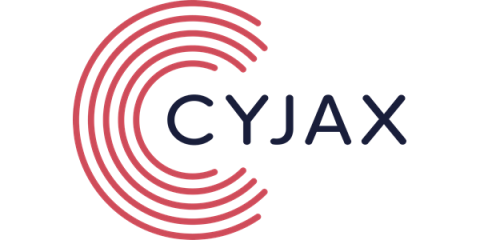Ransomware attacks continue to increase in the US, UK, and Canada
The Gen Threat Report, formerly known as the Avast Threat Report, has revealed a 100% increase in ransomware activity for the US, UK, and Canada; 66% in Australia; and a whopping 379% in India.











